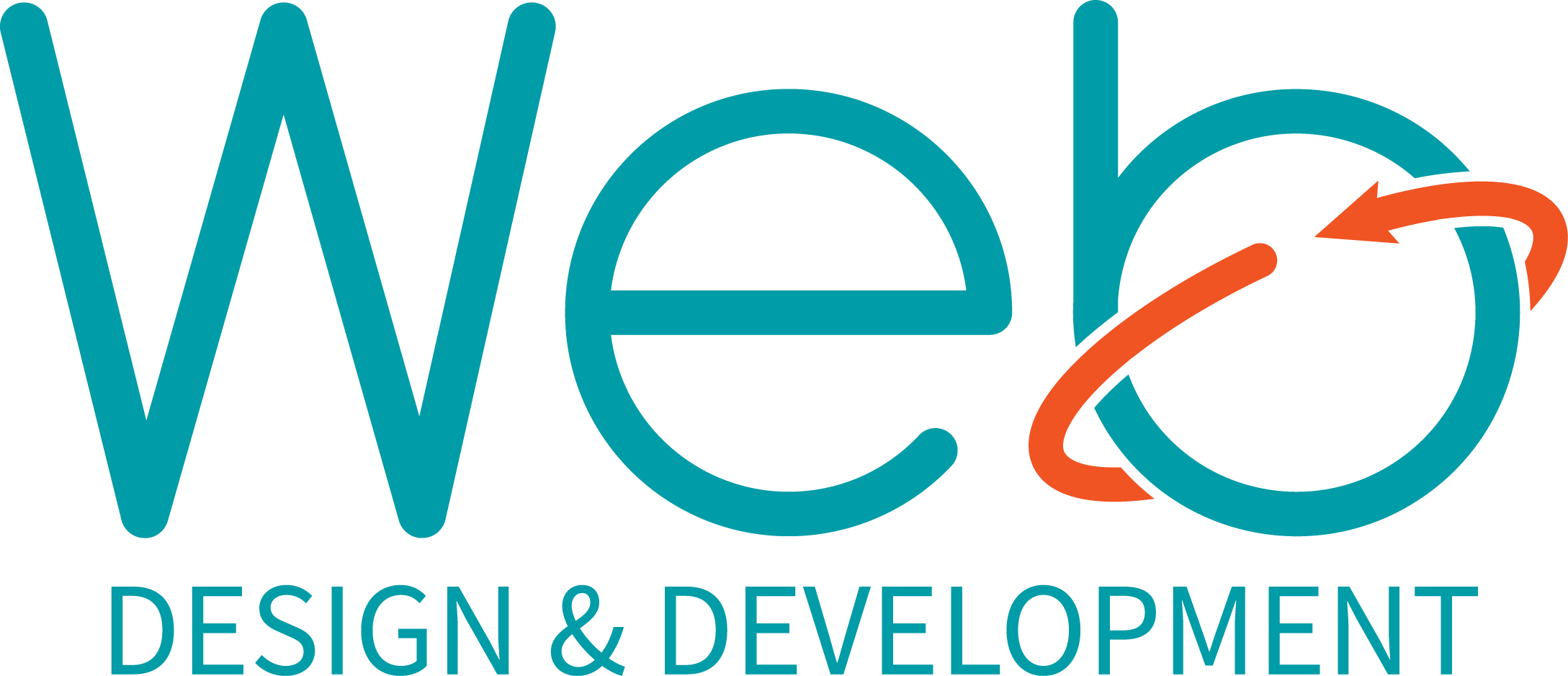Table of Contents
Part 1: What You’ll Need (and How to Get It)
🔤A Domain Name (e.g., yourname.com)
Your domain is the web address people will type to visit your site.
How to Buy One:
- Visit a domain registrar like:
- Search for a name you like (e.g., your name, initials, or brand).
- Example:
joshuachoate.com,jcportfolio.com
- Example:
- Expect to pay around $15–$20 per year.
- Follow checkout steps to create an account and purchase.
✅ Tip: You only need one domain. If they try to upsell you “.info” or “.biz” versions, just skip those.
🗄️A Hosting Account (where your website lives)
Your host is the server that stores your WordPress site and makes it viewable online.
How to Get Hosting:
- Choose a starter hosting plan from one of these beginner-friendly companies:
- Choose the cheapest shared hosting plan (usually labeled as “Starter” or “Basic”).
- Most come with:
- Free SSL certificate (so your site uses HTTPS)
- One-click WordPress install
- Email and support
- Expect to pay $40-$75 per year.
✅ Tip: Some hosts let you buy your domain and hosting together, which is convenient but not required.
Part 2: How to Launch Your Site
🔄 Step 1: Back Up Your Class WordPress Site
You should already have UpdraftPlus installed from class. If not, follow the note below.
- In your class WordPress site, go to: Settings > UpdraftPlus Backups
- Click the Backup Now button.
- In the popup window, check both options:
- Include your database in the backup
- Include your files in the backup
- Click Backup Now again to begin.
- After it finishes, scroll to Existing Backups and click Download next to each of the following:
- Database
- Plugins
- Themes
- Uploads
- Others
- Save all five files in a folder on your computer (don’t lose them!).
📌 If UpdraftPlus is not installed: Go to Plugins > Add New, search for “UpdraftPlus,” then click Install and Activate. Then repeat steps above.
🌐 Step 2: Set Up Your Hosting and WordPress Site
- If You Bought Your Domain and Hosting From the Same Company
- Log into your hosting account.
- Find the section labeled something like Websites, Sites, or WordPress.
- Look for a “Create Website” or “Install WordPress” button.
- Choose your domain from the list (you should see it if purchased together).
- Follow the on-screen steps to install WordPress.
- Once installed, log into your site: Visit
yourdomain.com/wp-admin - You’re done with this step — skip to Step 3!
- If You Bought Your Domain Separately (e.g., from Namecheap or GoDaddy)
- You’ll need to point your domain to your hosting account by editing the DNS settings.
- Find Your Hosting Company’s Nameservers
- Log into your hosting account
- Go to your account info, support, or DNS settings
- Look for nameservers (they usually look like this):
ns1.siteground.netns2.siteground.net
OR
ns1.hostinger.com
ns2.hostinger.com
- Log into Your Domain Registrar Account
- Go to the site where you bought your domain (e.g., Namecheap, GoDaddy)
- Find your domain under “My Domains” or “Domain List”
- Click Manage next to your domain
- Update the Nameservers
- Look for a section labeled Nameservers or DNS Settings
- Select “Custom DNS” or “Use custom nameservers”
- Replace the existing nameservers with the ones from your hosting company
- Click Save or Confirm
- Wait for DNS to Propagate
- This can take anywhere from 15 minutes to 24 hours
- During this time, your site may not load — that’s normal!
- Install WordPress Once DNS is Ready
- Go back to your hosting dashboard
- Look for Install WordPress or Create Site
- Choose your domain and follow the prompts
- When finished, visit
yourdomain.com/wp-adminto log into your site
📥 Step 3: Restore Your Site Using UpdraftPlus
- In your new site’s dashboard, go to: Plugins > Add New, search for UpdraftPlus, then Install and Activate.
- Go to Settings > UpdraftPlus Backups > Upload Backup Files.
- Upload all five backup files from your computer.
- Once uploaded, click Restore and select all checkboxes:
- Database
- Plugins
- Themes
- Uploads
- Others
- Follow the prompts to complete the restore.
- You will be logged out—use your old admin credentials from the class site to log back in.
🔧 Step 4: Update URLs and Permalinks
- Go to Settings > Permalinks and click Save Changes (even if nothing changed).
- If your site still points to the old class domain:
- Install the Better Search Replace plugin.
- Search for your old class URL (e.g.,
http://class.dcts.org/yourname) and replace it with your new domain (e.g.,https://yourname.com). - Do a dry run first, then run the replacement for real.
🧹 Step 5: Final Touches
- Click through your site to test pages, forms, images, and navigation.
- Enable HTTPS/SSL through your hosting dashboard.
That’s It, You’re Live!
Your professional website is now launched and under your control. Use it as your personal portfolio, resume hub, or creative space. Keep backups current and continue learning.
